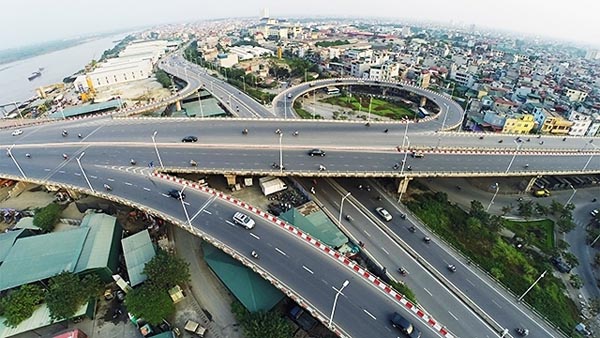


|
Vinh Tuy Bridge The
largest of the four projects is the construction of the 3-kilometre long Tu
Lien Bridge and a 9-kilometre road connecting the bridge with the Hanoi -
Thai Nguyen Expressway, costing approximately VND17 trillion (US$748
million).
The Tu
Lien Bridge, located between the bridges of Nhat Tan and Long Bien, is
scheduled for completion in 2021.
According
to the Hanoi People’s Committee, the Tu Lien Bridge will be built through a
public-private partnership, in which the investor is entitled to use a
96-hectare plot of land in Yen Thuong commune of Gia Lam district.
Once
completed, the Tu Lien Bridge and its northern approach road will improve the
road network between the West Lake area and the Hanoi-Thai Nguyen Expressway
and help to boost economic development in Hanoi’s northern district of Dong
Anh.
The
second project is the construction of a 500-metre bridge over the Duong River
to replace the current Duong Bridge and a
The Duong
Bridge has been seriously degraded over recent years and will be reserved for
rail transport only once the new bridge opens to traffic.
Hanoi
also plans to build the 3-kilometre long Tran Hung Dao Bridge over the Red
River at a cost of VND7 trillion (US$308 million) with the scheduled
completion date in 2019.
The
bridge is expected to reduce traffic pressure on the Long Bien and Chuong
Duong Bridges which are frequently clogged with traffic during rush hours.
The
fourth bridge to be built will be the Giang Bien Bridge over the Duong River
and a
The Giang
Bien Bridge, scheduled for completion in 2021, will cost an estimated VND8
trillion (US$352 million) and is expected to help form new urban areas
further away from Hanoi’s core districts.
|